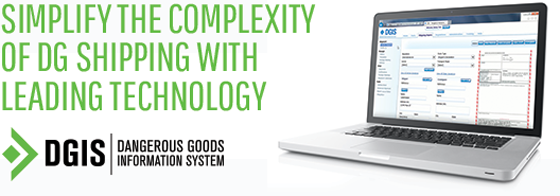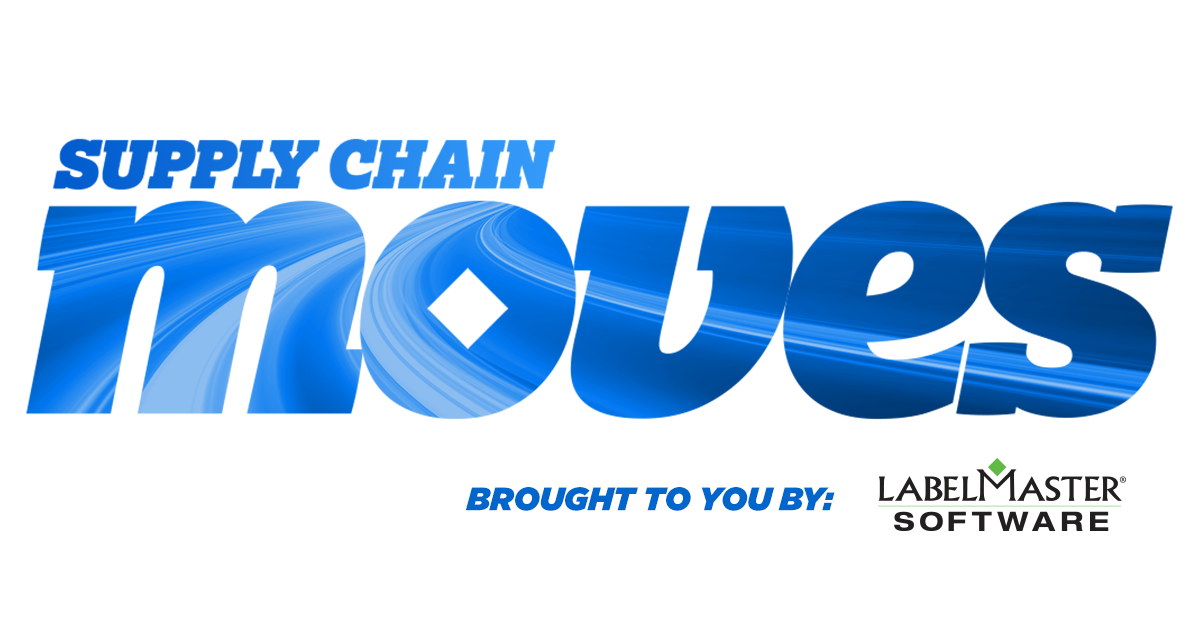

Week of July 6th, 2020
Linking technology news with Dangerous Goods compliance
The right technology can drive improvements throughout every part of the supply chain – both in the short-term (as companies continue to navigate the effects of the pandemic) and the long-term.
To help companies keep a pulse on technology trends impacting business and the movement of dangerous goods throughout the supply chain, Labelmaster has launched “Supply Chain Moves,” a bi-weekly report linking the latest technology news to dangerous goods compliance.
Let’s examine the recent supply chain technology and industry news.
TECHNOLOGY
- How CTOs Can Innovate Through Disruption in 2020: CTOs and other IT leaders need to invest in innovation to emerge from the current COVID-19 crisis ready for the next opportunities.
- How Digital Automation is Shaping Modern Supply Chains: Since the COVID-19 pandemic has illustrated the need for further automation of supply chains, what role will AI and machine learning play in the transformation?
- How Reverse Logistics Technology Will Tackle a Tsunami of Returns: As retailers brace themselves for the incoming flood of returns, one way to manage this is with the help of reverse logistics technologies.
- How to Better Track Your Freight Shipments: In today’s world, there are very few reasons why freight shipments are delayed. With high-tech tracking and transportation management systems, following a shipment is something that anyone can do.
- IBM Sterling Inventory Control Tower Helps Organizations More Effectively Manage Inventory and Build Resilient Supply Chains: IBM announced a new AI-enabled Control Tower that provides the insights needed to see inventory wherever it is, identify and understand the impact of external events to predict disruptions.
3PL TECH
- Pandemic Drives Demand for Logistics Tech: Supply chain software vendors are seeing a jump in new users as demand for visibility software grows.
- Managed Transportation Service Providers Compete on Their Tech Stack: When companies want to reduce their transportation costs, while maintaining or even improving customer service, they have two main choices: implement a TMS or outsource transportation to a managed services firm.
- The Ongoing Convergence of 3PL and TMS Business Models: What do you call a company that provides shippers with transportation benchmarking data and insights, control tower visibility, and network collaboration services? A 3PL? A network-based TMS provider? Something else?
Technology & Dangerous Goods Compliance
The continued growth of e-commerce has brought with it an increase in reverse logistics activity. This trend is expected to continue as the global reverse logistics market is forecasted to hit $604 billion by 2025.
In a recent TechHQ article, Jia Jen Low highlights the importance of effective reverse logistics management, especially as retailers are expecting a “tsunami of returns” as most states are moving towards to reopening following COVID-19-related closures.
Low notes, “With the expansion of the e-commerce industry emerging in parallel with the closure of many brick-and-mortar stores, retailers can expect to see a hike in return goods once the reopening of the sector begins.” She adds, “One way to manage the flood of returns is with the help of reverse logistics technologies.”
Low explains how effective returns management can deliver significant benefits for organizations. “Comprehensive reverse logistics is more than cutting losses in returns but also providing efficient services in the return of goods and creating positive customer experiences.”
This is especially true organizations shipping and handling DG, which will likely make up a large number of the items being returned. And, whether it’s consumers returning to stores and stores returning to manufacturers and distributors, these returns must comply with DG transportation regulations.
Unfortunately, reverse logistics is challenging for many organizations. A recent Labelmaster survey found that while 67% of DG pros feel their company’s reverse logistics processes for DG are adequate to meet current needs, 13% said they are “not adequate” and only 20% feel they can support future requirements.
As businesses look to better manage the growing number of returns, it’s critical for them to consider how to incorporate safety and compliance into their reverse logistics processes. Whether it’s utilizing compliance software (and integrating it with other systems) or using next-generation shipping boxes, organizations can elevate their returns management, which can directly impact customer satisfaction while mitigating risk and enhancing the ability to maintain regulatory compliance across the supply chain.
To learn more about dangerous goods software or how to establish a safer, more compliant supply chain, visit https://www.labelmaster.com.
Have questions about dangerous goods transport? Call the Labelmaster Regulatory Hotline at 1.800.621.5808.

Labelmaster’s Dangerous Goods Information System (DGIS) is the leading SaaS solution to help companies more efficiently and accurately manage their Dangerous Goods shipments. DGIS validates your Dangerous Goods shipment data against the latest regulations, ensuring a more efficient supply chain and reducing friction found in Dangerous Goods shipments. DGIS is a certified partner/validation solution with ERP, transportation and warehouse management systems.

